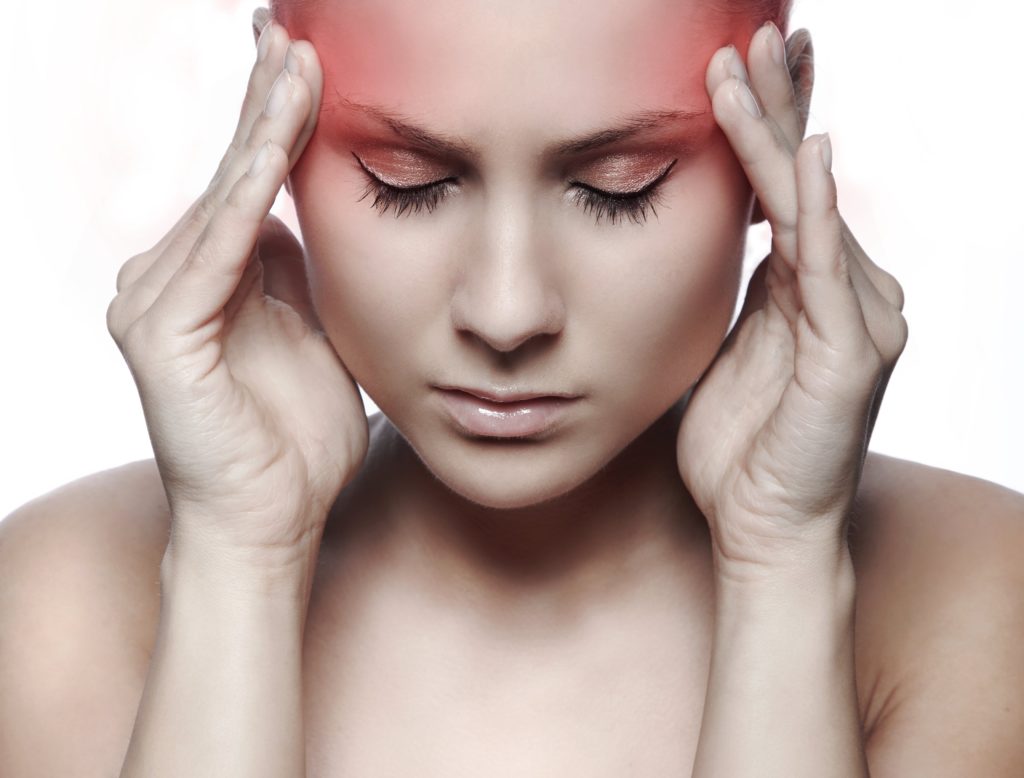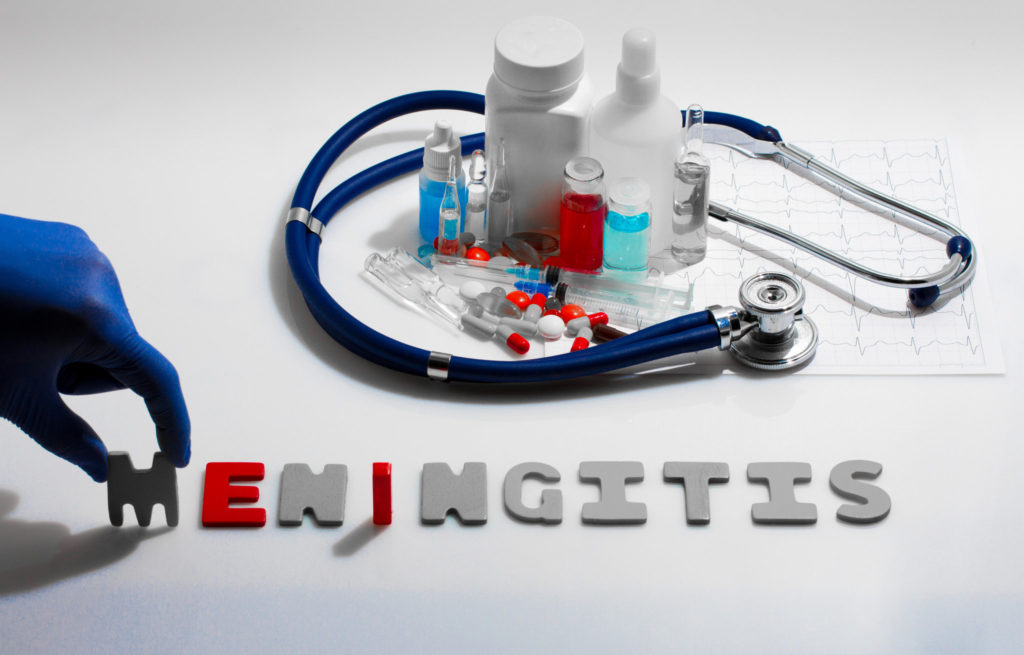Meningitis Disease is an inflammation of the meninges, the envelopes of the spinal cord, and the brain in which the cerebrospinal fluid circulates. In most cases, meningitis caused by a virus (viral meningitis). Meningitis can also be caused by a bacterium (bacterial meningitis). Bacterial meningitis is usually much more severe than viral meningitis and requires treatment as quickly as possible. In rare cases, the disease caused by certain types of cancers, inflammatory diseases such as lupus, fungal infection, or an allergic reaction to a drug, such as Motrin®, Advil®, or The ciprofloxacin antibiotic (Cipro®).
Meningitis of viral origin
This form of meningitis resembles influenza and presents little risk. Generally, the symptoms disappear on their own after two weeks. Viral meningitis affects children and young adults, more commonly. As with most viral diseases, this meningitis is not treated with antibiotics. This fact sheet focuses on bacterial meningitis.
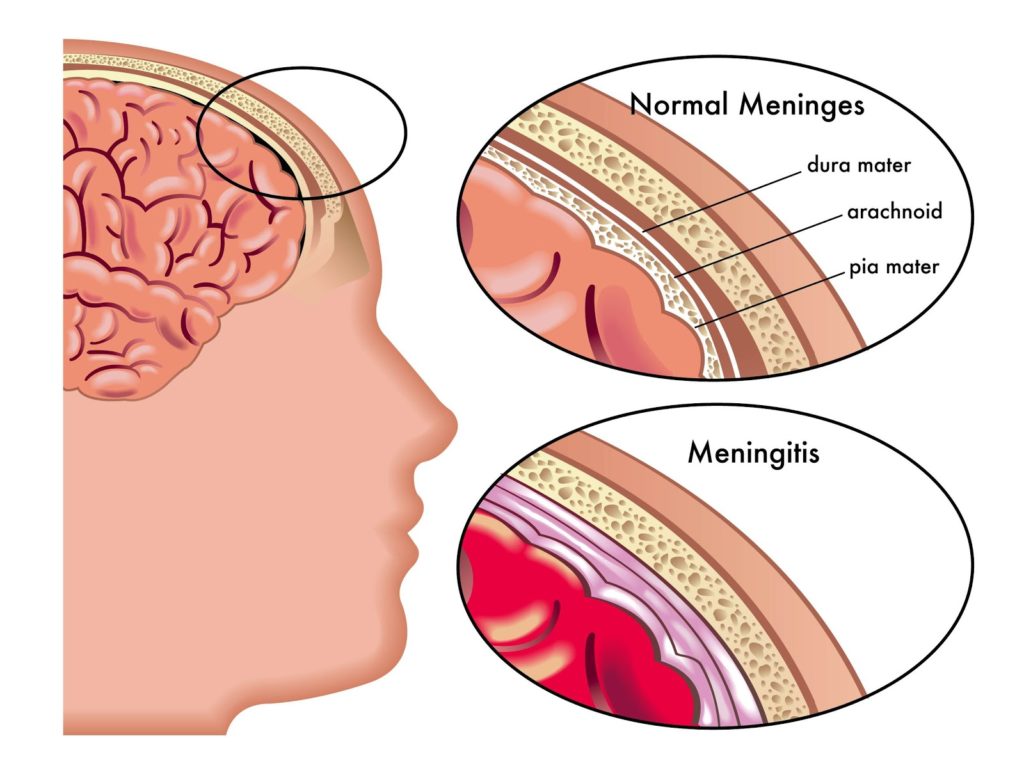
Meningitis of bacterial origin
Bacterial meningitis is the most serious meningitis. It can evolve extremely rapidly and sometimes lead to death if it is not diagnosed and cured in time. It mostly affects children.
There are several types of bacterial meningitis, depending on the bacterium involved:
Pneumococcal meningitis (Streptococcus Pneumonia)
The pneumococcus bacterium is the leading cause of meningitis in North America, both in adults and in children. It can also cause pneumonia and otitis media. The natural immune protection against pneumococcus acquired only at the age of 5 years. The susceptibility to infections of this type is maximal before the age of two years;
Meningitis with Hib (Haemophilus Influenzae type B)
Prior to the 1990s, it was the leading form of bacterial meningitis in children under five years of age. The widespread use of the Hib vaccine has considerably reduced its scope. H. Influenzae is also a frequent cause of otitis, sinusitis, and bronchitis. However, note that the Hib vaccine does not protect against these other conditions, rarely caused by the “type B” strain of this virus.
Meningitis Disease: Meningococcal Meningitis (Neisseria Meningitides)
This bacterium is the only one that causes epidemics of meningitis. It is known to be present in the back and neck of many people, from 10% to 25% of the population, according to the World Health Organization, without causing any illness. In rare cases, it overcomes the natural defenses of the organism and causes meningitis;
A more severe form of infection occurs if the bacteria reach the bloodstream and organs; that’s called meningococcemia. There are 13 strains of Neisseria m. Strains A, B, and C are the most common causes of epidemics. Type B and C strains are predominant in America and Europe because type A strain is predominant in Africa and Asia;
Meningitis with listeria (Listeria Monocytogenes)
Infection with Listeria monocytogenes, or listeriosis, is usually banal in an adult but transmitted to babies and young children, in whom it can lead to meningitis. Pregnant women are particularly vulnerable (20 times more than the general population) and can transmit the infection to their fetus. This bacterium found in water and soil can contaminate plants and animals and enter the food chain.

Meningitis Disease: Contagion
Bacterial meningitis transmits through close and prolonged contact with an infected person. The majority of people exposed to the bacteria do not become infected. Moreover, in most of those who contract it, meningitis does not develop. The bacteria are carried by saliva and secretions from the nose and throat. It’s contracted by kisses on the mouth, sharing utensils, glasses, bottles of water, cigarettes, lipsticks, etc.
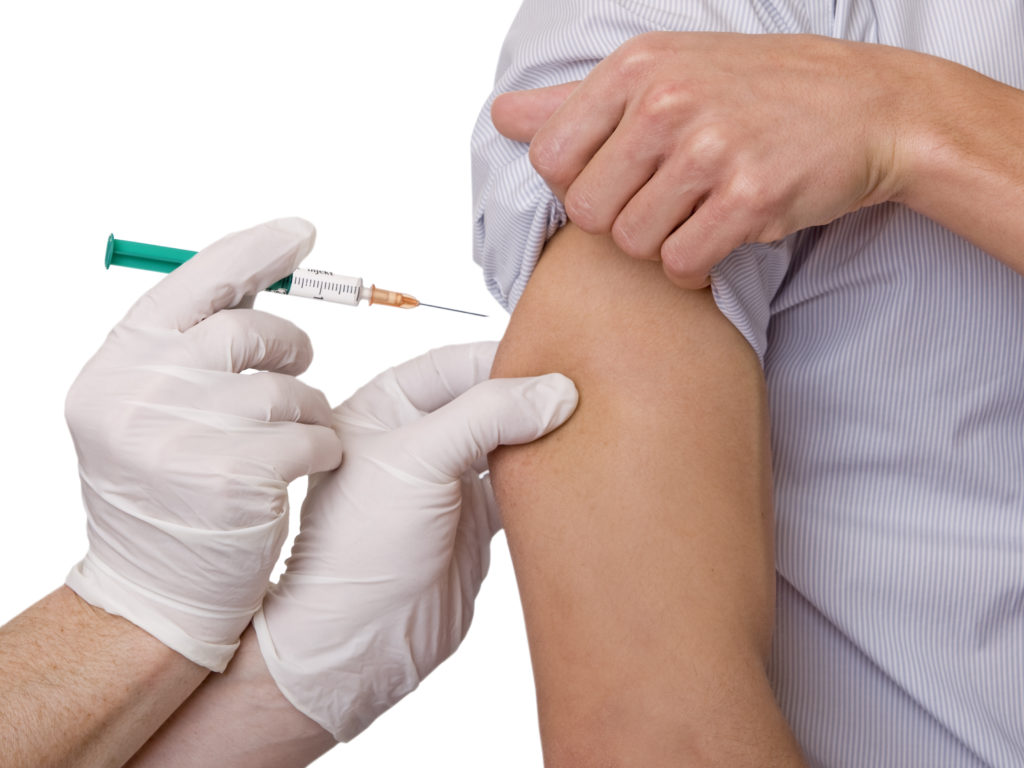
Frequency and epidemics
Bacterial meningitis is a relatively rare disease with an overall incidence maintained at two or less per year per 100,000 population in Canada. However, concerning meningococcal meningitis, responsible for epidemics, the number of new cases increases and decreases according to irregular cycles, without being able to find trends. In Canada, periods of increased meningococcal activity occur every 10 to 15 years. Winter and spring are good times for epidemics in the temperate regions of the world, while in the tropics, the dry season is the most affected. Due to routine immunization in babies and young children, the median age of Americans with bacterial meningitis increased from 15 months in 1985 to 25 years in 1995.
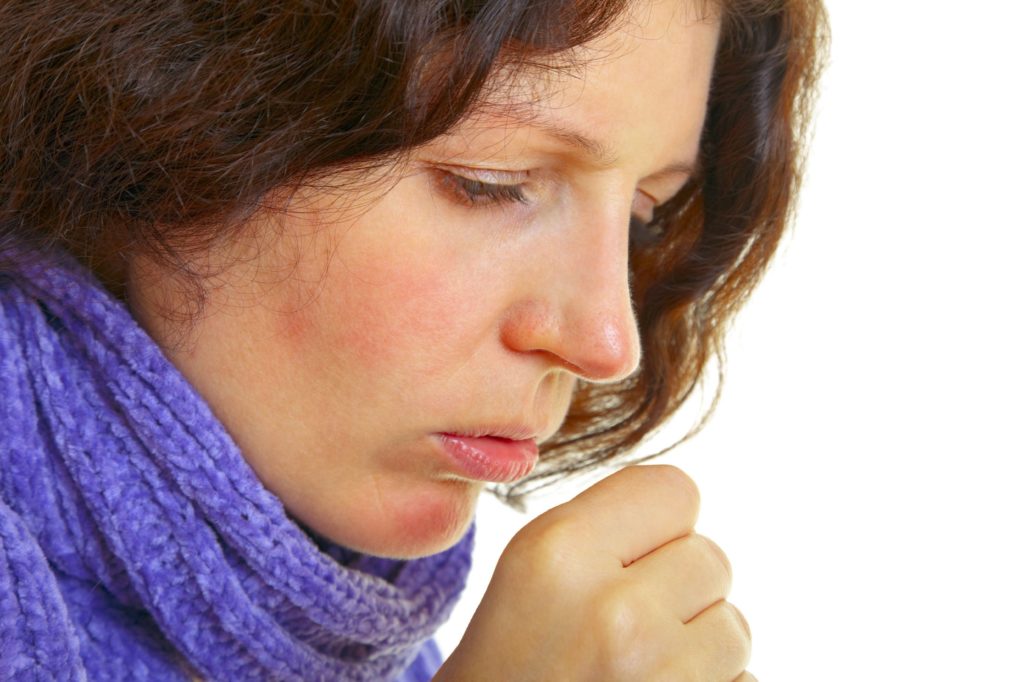
Complications
- Meningococcal infections are a medical emergency that requires early diagnosis, hospitalization, and immediate antibiotic treatment. The longer the treatment, the higher the risk of neurological sequelae.
- Hearing loss, vision problems (including blindness), slurred speech, and learning disabilities are some of the possible sequelae. Infection can even cause paralysis and gangrene of the hands or feet that may require amputation.
- Studies show that between 15% and 20% of infants and young children who survive bacterial meningitis retain permanent neurological sequelae.
- When a bacterial infection affects the central nervous system, it can cause death within days and even sometimes within 24 hours. Meningococcal disease is fatal in 10% to 15% of cases.
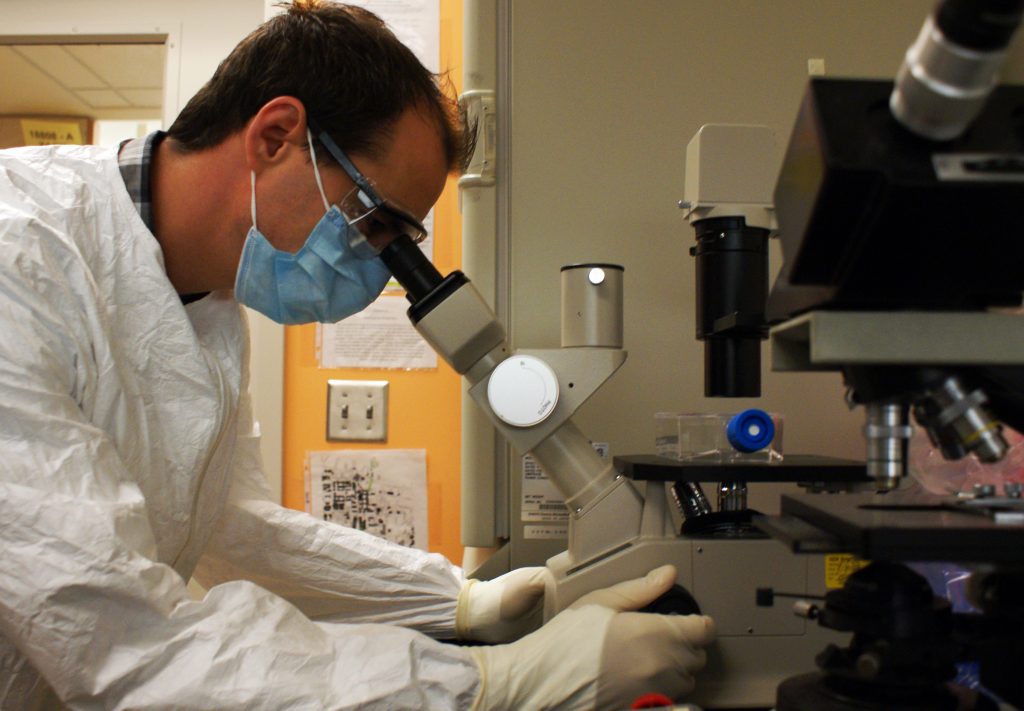
Symptoms
The symptoms of bacterial meningitis develop rapidly within 1 to 2 days and can even cause death within a few hours. Call a health care practitioner immediately if the following symptoms appear.
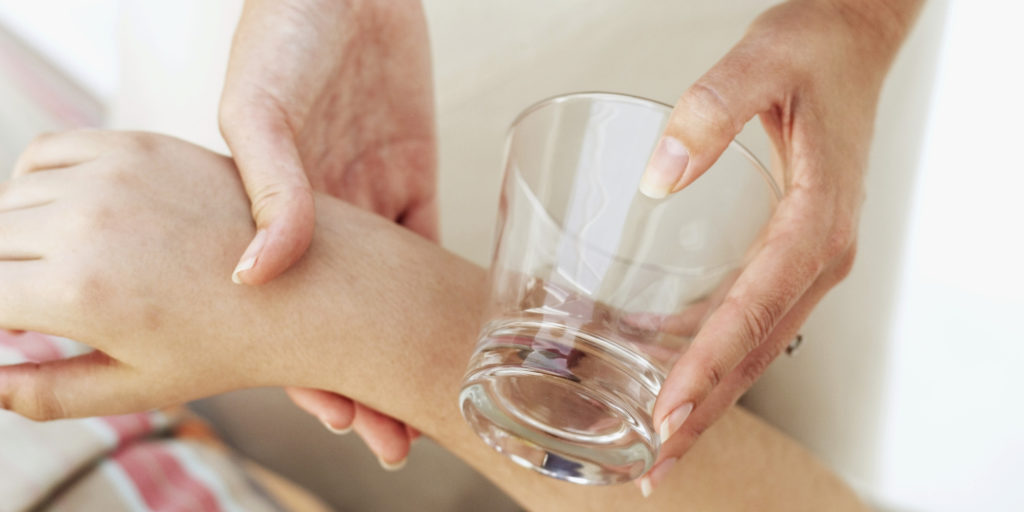
Meningitis Disease: In newborns and babies
Cases of newborns and babies are difficult to detect since babies do not always have the typical symptoms of bacterial meningitis:
- Have a high fever, stiff neck, and sometimes throughout the body or make a seizure episode (these symptoms are the most typical of meningitis).
- Cry all the time;
- Be more irritable or sleepy than usual;
- Lack of appetite or vomiting.
In children aged two years and older, adolescents and adults
- A high fever that prevents drinking or eating
- Significant headaches
- Stiffness in the neck
- Nausea and vomiting
- Confusion, lethargy, drowsiness
- Hypersensitivity to light
- A crisis of epilepsy
- Sometimes a rash of several small violet buds, a sign of meningococcemia.

The prevention
Polysaccharide vaccine or conjugate vaccine?
- Polysaccharide vaccine: is a vaccine composed of polysaccharides (carbohydrates formed from several simple sugars) from bacteria (pneumococcus, Hib, meningococcus, etc.).
- Conjugate vaccine: These vaccines combine bacterial polysaccharides with carrier proteins. This innovative technique allows a stronger and more durable immune response in young children.
Basic Preventive Measures in the Event of an Epidemic:
Hygiene measures
- Wash hands frequently;
- Do not share food, beverages, toothbrushes, cigarettes, lipsticks, etc .;
- In public places, such as schools, wash common surfaces, especially in a washroom, once a day with a solution of 1 part bleach per 10 parts water.
Way of life
- Adopt a healthy lifestyle so as not to weaken the immune system.
- Treat infections of the respiratory tract and ear infections of young children as soon as they arise.
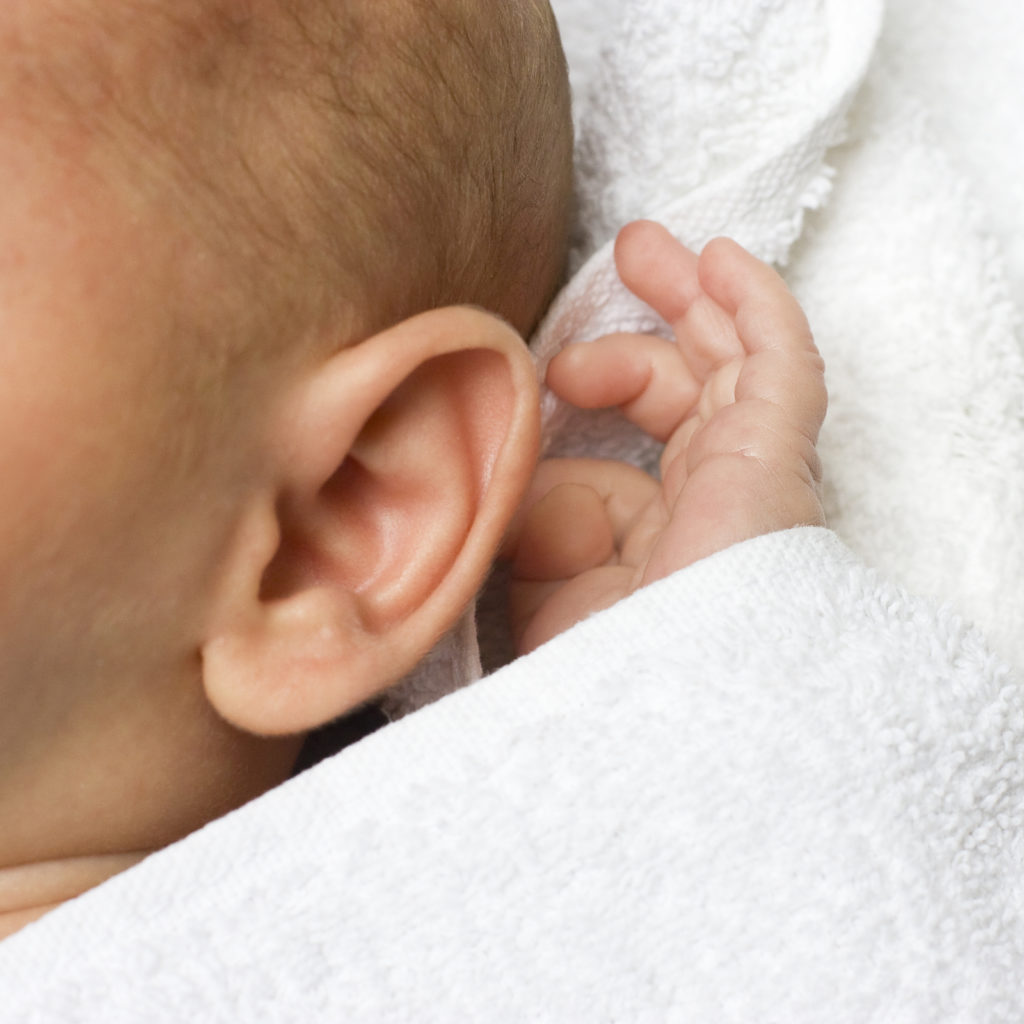
Other measures to prevent meningitis
1- Vaccination
Some types of bacterial meningitis prevented by vaccination, but not all. In recent years, there has been a vaccine against meningococcal meningitis type B: Bexsero. However, no vaccine can give protection against all strains of bacteria that can cause meningitis. A vaccine against pneumococcus. Vaccines containing polysaccharides from 23 serotypes of pneumococci (Pneumovax®, Pneumo®, and Pnu-Immune®), which confer immunity against each of these serotypes, have been available on the market since 1983.
Those who respond best to these vaccines are healthy young adults. The Prevnar vaccine, the only pneumococcal conjugate vaccine, protects young children to 90% against this type of meningitis and offers slight protection against otitis caused by pneumococcus. The Canadian Pediatric Society recommends its administration to all children aged two months to 4 years. A vaccine against Haemophilus (Hib). In Canada, routine Hib vaccination is recommended for all infants as young as two months of age. Three conjugate vaccines are registered in Canada: HbOC, PRP-T, and PRP-OMP. The number of doses varies according to the age at the first dose.
There are two types of meningococcal vaccines in Canada:
- Conjugated vaccines: Three vaccines protect meningococcal serotype C: Menjugate®, NeisVac-C®, and Meningitec®. The degree of protection is high (more than 90%) in babies (from the age of 2 months) and young children. This vaccine has been included in the vaccination schedule since 1999; it offers protection against invasive meningococcal B infections, mainly meningitis and septicemia.
- Polysaccharide vaccines: MenAC-Ps protects against meningococci of serotypes A, and C. MenACYW-Ps (Menomune®, Menactra®) provides immunity against four serotypes: A, C, Y, and W135. These vaccines are not used for the routine immunization of children. They are mainly used during outbreaks, for travelers traveling to areas affected by a meningitis epidemic, and for those at high risk of infection, administered from the age of 2 years.
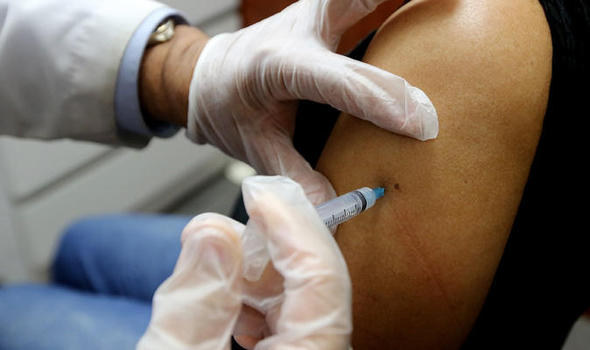
2- Antibiotics
As a precaution, the relatives of the affected person are sometimes treated with antibiotics.

Meningitis Disease: Medical treatment
Meningitis of viral origin
Rest, lots of fluid, and proper nutrition, as well as the usual measures to relieve the fever.
Warning: If viral meningitis suspected, use acetaminophen to reduce fever. Aspirin is not recommended.
Meningitis of bacterial origin
Antibiotics. Penicillin G, ampicillin, chloramphenicol, or ceftriaxone usually used, depending on the bacterium identified. Antibiotics in early meningitis are effective in ending the disease and reducing mortality. According to the US Agency for Disease Control and Prevention, appropriate antibiotic treatment reduces the risk of dying from meningitis to less than 15%. However, the risk is higher among the elderly.
If the doctor suspects bacterial meningitis, considering the severe dangers that threaten the patient, it is imperative that he immediately start the treatment with antibiotics, without even waiting for the results of the tests. The patient will sometimes be treated with corticosteroids to help prevent hearing loss caused by neurological damage due to the inflammatory reaction, one of the most common complications. We will also try to prevent and treat cerebral edema by avoiding over-hydration and by raising the headboard to 30 degrees. Sometimes, in the case of high intracranial hypertension, mannitol, or barbiturates prescribed.
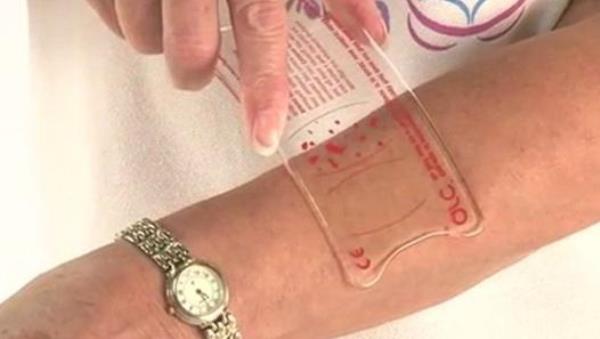
Rest and convalescence
During the acute meningitis period, it is recommended to rest in a quiet room, with dim lighting, to relieve the headaches. It is also recommended to take sick children in your arms and gently massage them to soothe their anxiety. Convalescence after meningitis, long, as it is a severe disease that draws enormously from the body’s energy reserves. Some people will take several months to recover. Hearing problems, if not permanent, can last a while and cause dizziness. Post-meningitis depression would also be quite common. It is recommended not to rush back to work and return gradually, if necessary.
